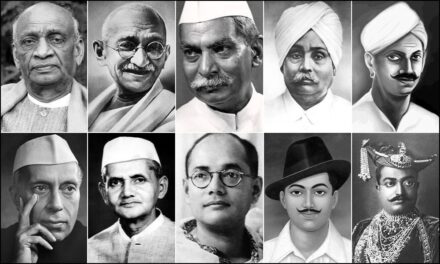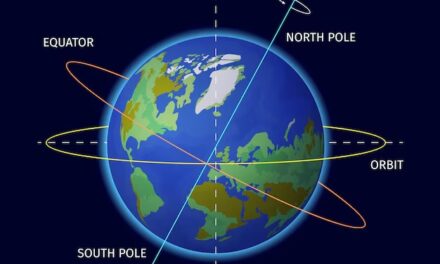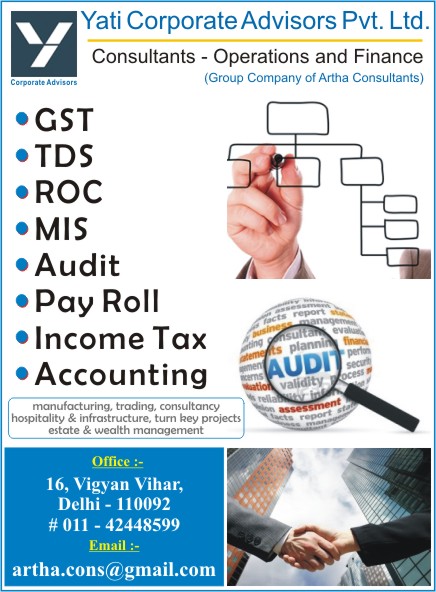Transport and communication are essential aspects of our modern world, enabling people and goods to move efficiently and facilitating the exchange of ideas and information across vast distances. Let’s explore these fascinating topics that shape our daily lives.
Transportation: Transportation refers to the movement of people and goods from one place to another. There are various modes of transportation that serve different purposes and cater to different needs.
Road Transport: Roads are a vital part of transportation infrastructure. Cars, buses, trucks, and motorcycles use roads to transport people and goods over short to medium distances. Road networks connect cities, towns, and rural areas, providing accessibility and facilitating economic activities.
Rail Transport: Trains are used for transporting passengers and freight over long distances. Rail transport is efficient for moving large quantities of goods and reducing traffic congestion on roads. High-speed trains have revolutionized travel, making it faster and more convenient to commute between cities.
Water Transport: Waterways such as rivers, lakes, and oceans serve as natural corridors for transporting goods by ships and boats. Cargo ships carry large quantities of goods internationally, while ferries and boats provide transport for passengers and goods across rivers and lakes.
Air Transport: Airplanes enable fast and efficient travel over long distances. Air transport is crucial for international travel and transporting perishable goods that require rapid delivery. Airports are hubs of connectivity, linking cities and countries worldwide.
Communication:
Communication involves the exchange of information and ideas between individuals, communities, and nations. Advances in communication technology have transformed how we connect and interact with each other.
Telecommunication: Telecommunication systems, such as telephones and mobile phones, allow people to communicate instantly over long distances. Mobile phones have become ubiquitous, providing voice calls, text messaging, internet access, and multimedia services.
Internet and Email: The internet is a global network that connects millions of computers and devices worldwide. It enables access to information, online services, social networking, and e-commerce. Email facilitates fast and efficient communication through electronic messages.
Satellite Communication: Satellites orbiting the Earth relay signals for communication, broadcasting, navigation, and remote sensing. Satellite communication enables global connectivity and supports services like television broadcasting, GPS navigation, and weather forecasting.
Postal Services: Postal services deliver letters, parcels, and packages locally and internationally. Postal networks are crucial for facilitating commerce, personal communication, and the exchange of goods across borders.
Impact on Society:
Transport and communication play significant roles in shaping societies and economies:
1. Economic Development: Efficient transport systems facilitate trade and commerce, driving economic growth and development. Improved communication infrastructure enhances business efficiency and connectivity.
2. Social Connectivity: Transport connects people to jobs, education, healthcare, and recreational activities. Communication technology fosters social interactions, relationships, and cultural exchange.
3. Globalization: Transport and communication have facilitated globalization, enabling the movement of goods, services, capital, and information across borders. Global interconnectedness has expanded opportunities and challenges for societies worldwide.
4. Urbanization: Efficient transport networks support urbanization by facilitating migration to cities and urban centers. Communication technologies enable remote work, telecommuting, and virtual collaboration in modern urban environments.
In conclusion, transport and communication are fundamental pillars of modern society, enabling mobility, connectivity, and the exchange of ideas and goods on a global scale. As technology continues to advance, these sectors will evolve to meet the changing needs and challenges of our interconnected world, shaping the future of transportation and communication for generations to come.
Worksheet on chapter Transport and communication.
It covers the following topics-
- What is transport?
- Need of Transport- Roadways, Railways, Waterways & Airways
- Types of Transport
- What is communication?
- Types of communication- Postal service, Telephone, Intercom, Fax, Internet, Email, Newspapers & Magazines, Radio, Television, Cinema,
















